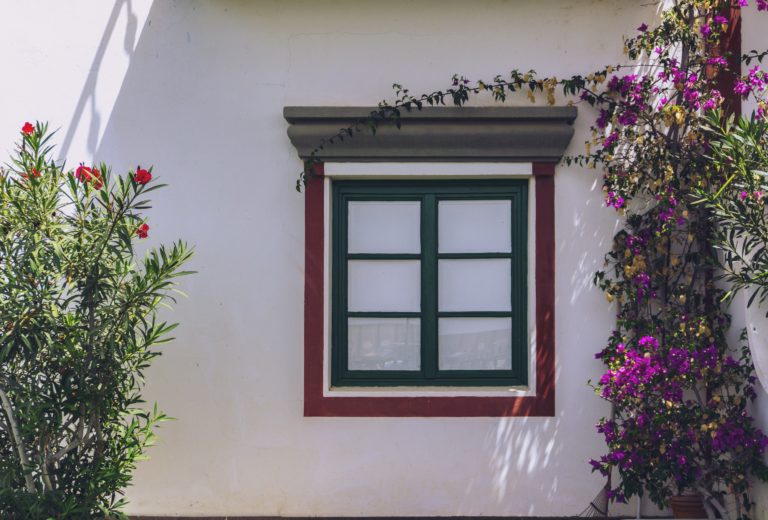Non-Traditional Housing Options to Consider
As housing prices rise throughout the U.S., more and more Americans who desire to become homeowners are burdened with large and lengthy mortgages. Earlier this year, CBS News indicated median housing prices have risen by at least 17.3 percent from 2012-2014.
Despite the price of homes increasing, the U.S. median weekly wage has only increased by a staggering 1.3 percent. Having a lower income makes it harder and nearly impossible to secure an ideal home let alone pay off the mortgage in time.
Even if your household income is average or above the median amount, depending on where you live, it could still be difficult to close on a house that you can truly afford. Non-traditional housing options may have piqued your interest just like me.
Table of Contents
The 30% Housing Rule
A good rule of thumb is to never spend more than 30 percent of your income on housing. You’ve probably heard it from a parent, financial advisor, lender, friend etc. because it’s very important to avoid spending a majority of your income on housing expenses. Aside from housing, there are still so many other expenses that we all have to cover in a given month.
When it comes to taking out a mortgage, you want the lowest interest rate possible which is why it’s best to have a good credit score. If you’re planning on getting a mortgage, first check your credit first for free on CreditSesame and try to get preapproved. It’s best to avoid borrowing up to your approval limit and choose a home with a mortgage that you can truly afford.
Related: How I Raised My Credit Score By 150 Points
How to Check Your Credit Online For Free
Regular readers probably know that I am very adamant about keeping my housing expenses low without compromising all the basic qualities and values I desire (hence my low rent rate). I always strive to keep my housing costs low because it allows me to free up more of my money to reach other financial goals like saving more, paying off debt and breaking out of the paycheck-to-paycheck cycle. You may even want to consider moving elsewhere if the average apartments are renting for more than you budgeted for. Apartments to rent in Denver CO may be slightly more expensive than apartments in a nearby suburb but if you could give up your car, that would factor into your overall cost.
When it comes down to it, I spend a very limited time at home during the week and I’d much rather spend my money paying for experiences and investing in things that will help me get ahead in life.
However, it is a goal of mine to become a homeowner one day, but taking out a super huge mortgage for a traditional single family home kind of scares me. If I did take out a mortgage, I’d want to pay it off in way less time than 30 years in order to get my financial freedom back.
Related: Yes, We’re Paying Off Our 15-Year Mortgage in 5 Years or Less
I’ve been thinking about alternative housing options a lot lately for my small family and I’ve come up with quite a few.
Tiny House
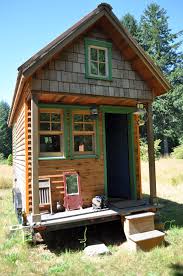 I first heard about the tiny house movement after watching a documentary on Netflix about a man who attempted to spend a summer building his own tiny home on a flatbed. The documentary was called TINY: A Story About Living Small and shared his journey through the process and profiled others who happily owned tiny homes.
I first heard about the tiny house movement after watching a documentary on Netflix about a man who attempted to spend a summer building his own tiny home on a flatbed. The documentary was called TINY: A Story About Living Small and shared his journey through the process and profiled others who happily owned tiny homes.
When watching the documentary, you can’t help but become mesmerized by the idea of downsizing everything and living simply and affordably by rejecting the ‘American Dream’ and creating your own out of a 300 sq. ft. home.
The tiny home owners who were interviewed in the documentary seemed content, optimistic and at peace. They didn’t have to spend 50 or 60 hours a week slaving a way at a job only to get off work each evening, spend 3 hours enjoying their home, then go to sleep and do it all over again.
To me, they were living the American Dream. Simple things like being able to wake up without feeling rushed to do tasks or pressured to pay bills, having the ability to work as little or as much as you want, and being able to engage in special leisure projects really appeal to me.
Whether you build a tiny house yourself or get someone to build and design it for you, you’d still spend less on the entire project than you would if you purchased a traditional house. So yes, I too even contemplated and fantasized about owning a tiny home and living the simple life.
Living in a tiny home may not be easy though. You have to give up your personal space and a lot of your belongings that might hold a sentimental value to you if you want to make it work.
Having a child makes it extremely difficult to pull off living in a tiny house as I did not see any children in the documentary I watched. Most tiny house owners were couples or single people. With one child, I believe it could be possible but I’m not sure whether or not I’ll have any more kids and I believe that could greatly affect the ability to live comfortably in a tiny home.
Shipping Container Home
Homes comprised solely of shipping containers are another traditional housing alternative and these homes often have much more space than tiny homes. You may have come across some of those articles online featuring breathtaking shipping container homes all over the world as this form of housing is rising in popularity.
Shipping containers can cost anywhere from $1500-$5000 with some priced as little as $800 each. In addition to the price of the container, there are also the costs involved with shipping them to your desired location.
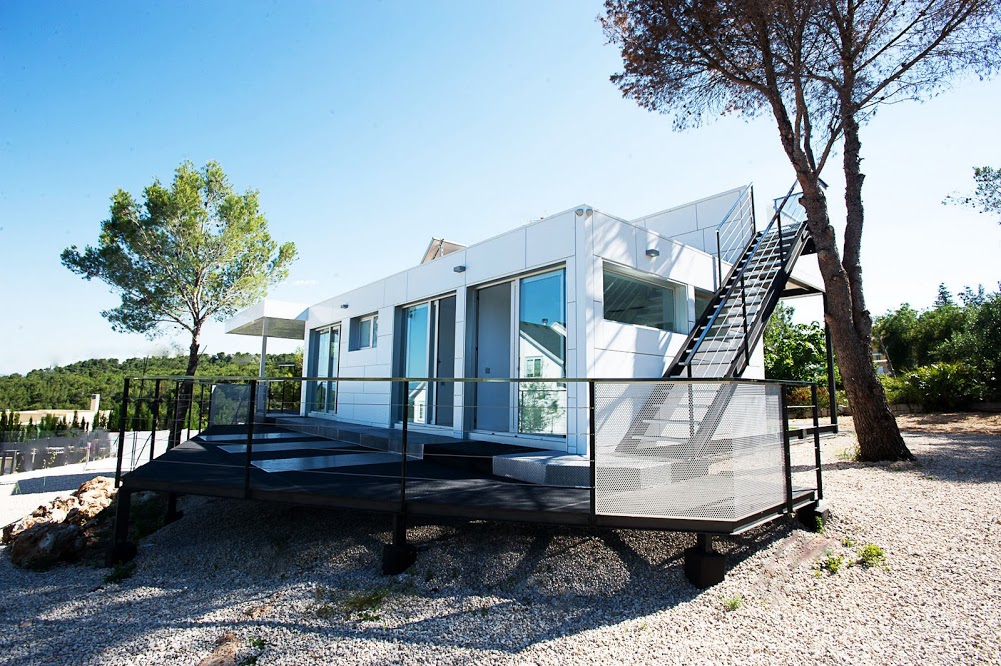
While shipping container homes look amazing, the only things that concern me include the costs involved with the entire construction process including insulation, plumbing, electrical work, and remodeling, along with determining what the shipping containers were used for beforehand.
If you’re interested in building a shipping container home, it’s crucial that you determine what was inside the shipping container prior to purchasing it. Many shipping containers are used to transport toxic chemicals inside of them, and that’s not something you’d like to use to create a home to reside in each day.
If you’re not construction savvy (like me) many manufacturers design prefabricated shipping container homes for $15,000 and up which is not bad. Shipping container homes can easily cost six figures though but in my opinion, it all comes down to how you want to design and furnish your home.
If you’re looking for something that remains economical but is still visually appealing and comfortable, you will definitely spend less than if you were trying to create a magazine-worthy luxury home.
Mobile Home
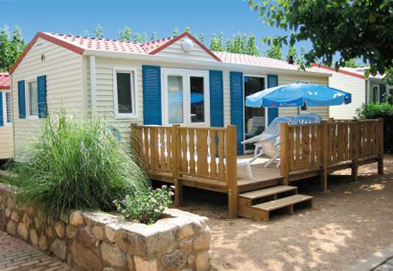 Mobile homes have always been an affordable housing solution but they have increased in quality and sustainability over time. According to BBC News, an estimated 20 million people live in mobile homes and these homes make up 6.4 percent of the U.S. housing sector.
Mobile homes have always been an affordable housing solution but they have increased in quality and sustainability over time. According to BBC News, an estimated 20 million people live in mobile homes and these homes make up 6.4 percent of the U.S. housing sector.
I would be lying if I said I didn’t acknowledge the negative stigma that’s attached to the idea that families who choose to live in mobile homes in the U.S. are poor, uneducated or just unfortunate. It’s sad that some people are so closed minded, but the facts tell a different story.
According to the Manufactured Housing Institute, about 57% of the heads of mobile home households are employed full-time and the other 23% are retired and the household median income is only a little over half the national average.
I’ve seen really nice mobile homes in nice-looking trailer parks and I’ve also seen some pretty dingy looking mobile homes as well.
Overall, mobile homes have come a long way since they originally surfaced in the early 1930s. They often range from basic narrow structures to spacious homes with hardwood flooring, recessed lighting and skylights, walk-in closets, a fitted washer and dryer, an island breakfast bar in the kitchen and other features. Brand new homes start around $55,600 and used homes start around $10,000.
Multi-Family Home
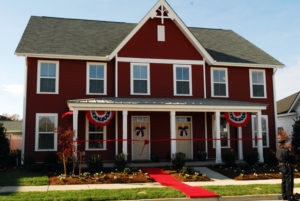 Buying a multi-family home like a duplex or triplex isn’t necessarily ‘non-traditional’, but it’s definitely a cheaper alternative to purchasing a traditional single family home.
Buying a multi-family home like a duplex or triplex isn’t necessarily ‘non-traditional’, but it’s definitely a cheaper alternative to purchasing a traditional single family home.
As someone who wants to get into real estate one day, purchasing a multi-family home first would be a great opportunity to rent out the other unit(s) while my family lives in one of them.
I personally don’t have a problem living on the other side of someone else especially if they are paying me rent that covers the mortgage each month. Many multi-family homes are often available in affordable neighborhoods and I like how this housing option doesn’t have to be permanent and allows you to still have your own space.
Buying a duplex or triplex for my first home is an idea I’ve been playing around with as it will allow me to become a property owner, break into real estate investing and still live comfortably without struggling financially.
For me, I’m confident that I can make a home out of anything and it’s all about being free from having housing debt and expenses weigh me down; even if that means thinking outside of the box at times and going the non-traditional route.
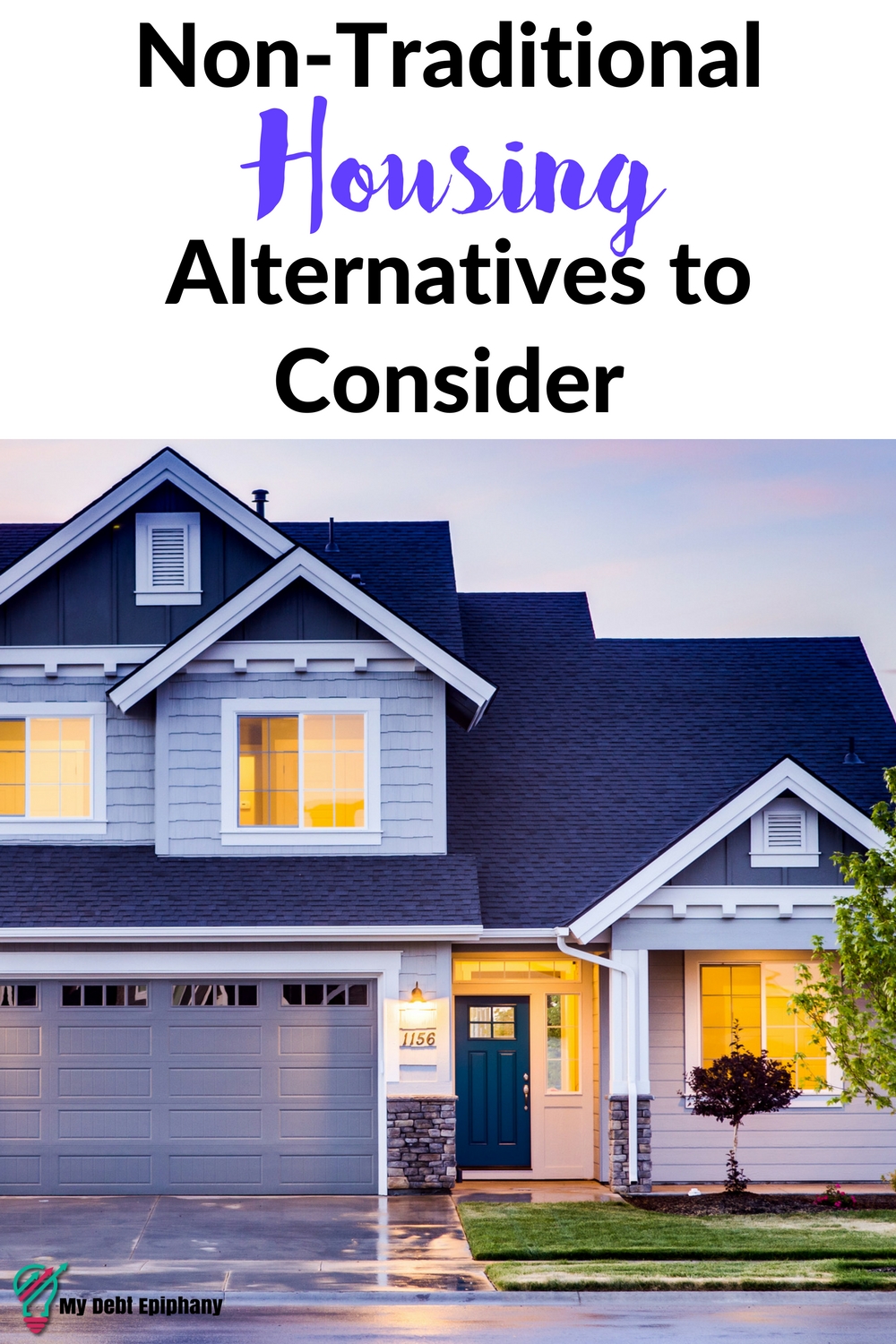
ThredUp – The best online consignment shop to find affordable clothes and accessories for women and kids.
LendUdu – Free online marketplace for student loan refinancing. Shop around for better student loan rates without hurting your credit
Survey Junkie – Earn money taking surveys online
Opinion Outpost – Another legit survey company I like. My husband uses this site to earn extra money we can spend on dining out
CapitalOne 360 – My favorite high-yield online savings account. Earn $25 when you open an account.
What does your ideal home look like? Is becoming mortgage debt-free some day one of your goals? Do you lean more toward traditional housing options or non-traditional?
P.S. – I created a new Facebook community for My Debt Epiphany readers so we can discuss all things money and personal development on a more personal level. Click here to join the group and I’ll approve your request ASAP!
Stop Worrying About Money and Regain Control

Join 5,000+ others to get access to free printables to help you manage your monthly bills, reduce expenses, pay off debt, and more. Receive just two emails per month with exclusive content to help you on your journey.


